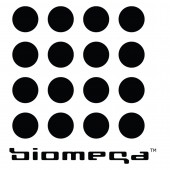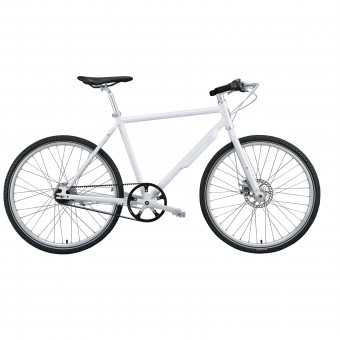Biomega NYC Bicycle by Jens Martin Skibsted |
Home > Winners > #22937 |
| CLIENT/STUDIO/BRAND DETAILS | |
 |
NAME: Biomega ApS PROFILE: Biomega is a premium urban bicycle brand, alone in its category. Biomega designs and develops bicycles and related accessories. It is committed to creating a paradigm shift in the way society imagines transportation by making ‘furniture for urban locomotion’, developing bicycles so beautiful that they compete directly with cars and imbue our cities with new meaning. Biomega brings social innovation, design thinking and urban lifestyle to the world of bicycles, that start in urban functionality and ends in high design. The brand features collaborations with PUMA and renowned designers such as Marc Newson and Ross Lovegrove. The company, which was founded in 1998, distributes its products in more than 20 countries, and has headquarters in Copenhagen, Denmark. For more information, please visit www.biomega.com |
| AWARD DETAILS | |
 |
Biomega Nyc Bicycle by Jens Martin Skibsted is Winner in Vehicle, Mobility and Transportation Design Category, 2010 - 2011.· Read the interview with designer Jens Martin Skibsted for design Biomega NYC here.· Press Members: Login or Register to request an exclusive interview with Jens Martin Skibsted. · Click here to register inorder to view the profile and other works by Jens Martin Skibsted. |
| SOCIAL |
| + Add to Likes / Favorites | Send to My Email | Comment | Testimonials | View Press-Release | Press Kit |
Did you like Jens Martin Skibsted's Vehicle Design?
You will most likely enjoy other award winning vehicle design as well.
Click here to view more Award Winning Vehicle Design.





